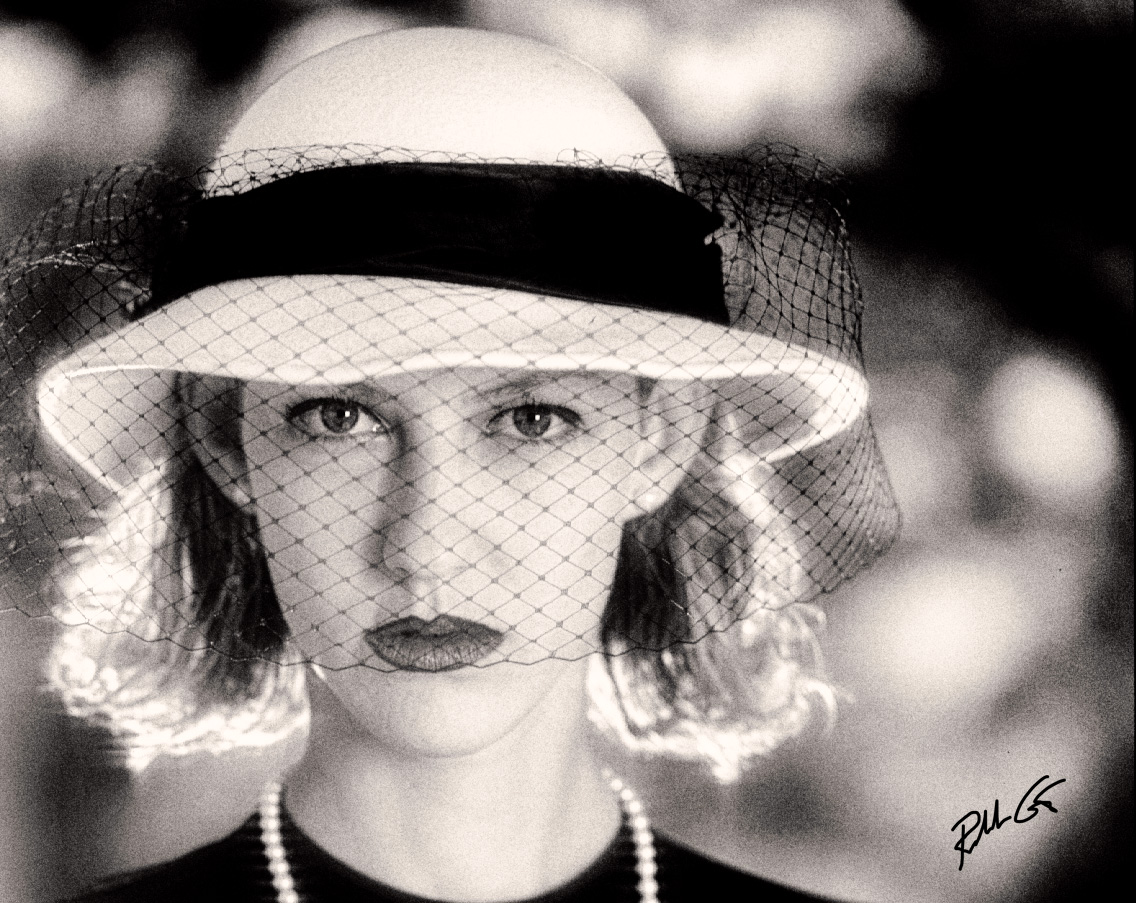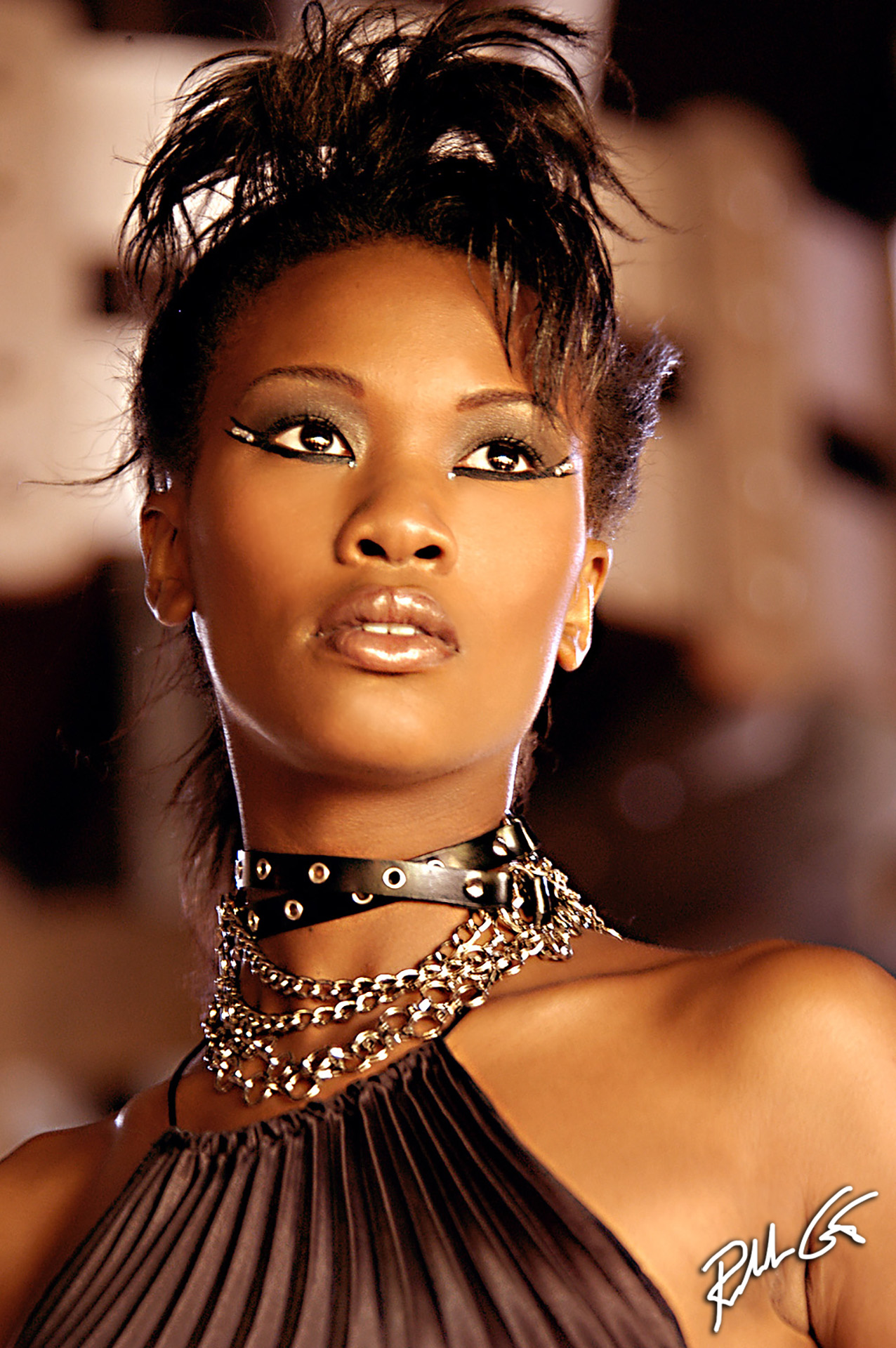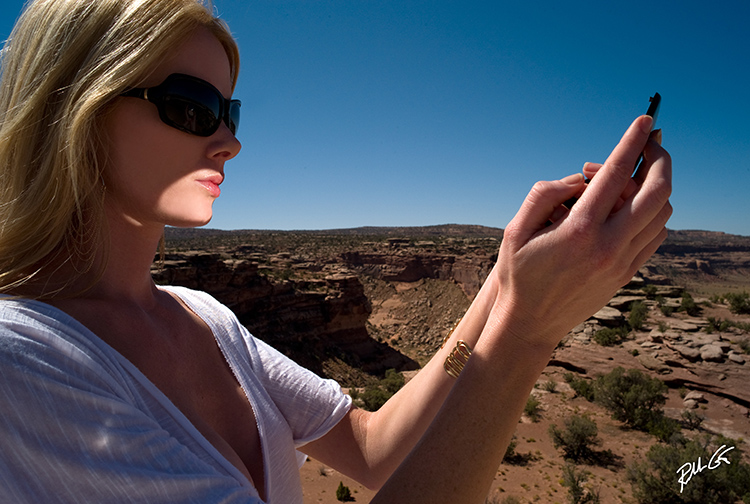Light is all around us and it not only illuminates our world, but, allows us to accomplish everyday tasks when it eliminates darkness. Just like the air we breathe, we often take light for granted as it’s part of our big picture of life, but as photographers, we need to understand the importance to seeand feelthe light in photography.

The ability to see and feel light in photography comes from experience as you develop your photographic style.
These are two specific skills a professional photographer learns when it comes to light in photography. Once those skills are learned, it becomes a subconscious reality to a professional photographer when they approach a subject in a given scene.
Light Varies from Point to Point
In order to see light in photography we must leave behind the big picture mentality, or in layman’s terms, get out of the quantitymode and look for quality of our scene instead. Yes, you have to look for quality light. It normally doesn’t hit you from up above, except maybe on an electrifying stormy day. The ability to see light also helps you further develop your photographic style.

Reflected or diffused light is a more flattering light than artificial light.
Pretend it’s been a cold winter and you’re ready to escape cabin fever, so you go outside on that first sunny day and you walk to the warm sunlight. “It’s beautiful” is the first thought in your head, and as the day ends, it gets chilly again because now there is no direct sunlight overhead. So now you have to look for it in the slivers of light between buildings and trees. You find your sliver of light, stand there, warm up, and appreciate that feeling of warmth because you found that the sliver, it didn’t come directly from overhead. The sun is now at an oblique angle — the best light quality when it comes to photography.
This angle of illumination can ultimately take something boring and convert it to something interesting. As photographers we have to learn to study the light in our scenes and if we’re lucky, perhaps study it for days and annotate the best time to photograph that scene. Many famous landscape photographers have done this for years and they know it’s not just about the capture, it’s about patience to wait for that right moment when the light is at its best quality.
The Easiest Rule of Lighting, The Sun Rises in The East and Sets in The West.
As a photographer you must also study the direction of light as with direction, this brings shadows or helps eliminate them. The simple rule here is that the sun sets in the west and rises in the east. That’s probably the easiest rule of illumination when it comes to natural sunlight.
The other rule that came from the old film days was to keep the sun behind you — with today’s technology, and with the Sun-Cage, it’s a rule easily broken especially if you want a more two-dimensional photograph. Great photographs are like great paintings that utilize the intermixing of shadows and highlights, also known as chiaroscuro,to create the illusion of more of what we see, or photos with a closer three-dimensional form.
In order to see and feel light in photography, it helps if you understand that light has different color temperatures, measured in Kelvin’s, dependent on the time of day when it comes to natural sunlight, and the type of source when it comes to artificial light. If we want warmth in natural sunlight outdoors, we wait for the Golden Houror use filters to get us there at different hours. If we want warmth with artificial sources, we use tungsten over flash, or if we choose flash, we use gels on the light source, or through filters on our camera lenses. You can also change the color temperature of light with different reflector fabrics.
With digital photography we can also manipulate the color of light through manual white balance. And if you’re into smartphones and Instagram, there’s an app for that too, or better yet, almost every social media outlet will have a filter for that too. Hopefully all these apps and social media photo filters won’t make photographers lazy when it comes to patience to capture the right light.

When my model was preparing for our shoot, I saw the light from her mirror on her face so I captured it.
In order to see and feel light in photography is to understand that it normally comes in two forms, direct or diffused, sometimes naturally, sometimes manipulated. If you see direct light, then you’ll know it’s harsh and hard and it define edges more distinctly through this increased contrast and will provide for deeper plus distinct shadows.
If the light is diffused, it’s more scattered, softer, provides lighter or no shadows, and has less contrast. Obviously, you can manipulate diffused illumination to look more directional, like moving a soft box further back from your subject, or you can throw a light modifier in the path of a direct light to soften it whether it’s a diffuser fabric or bounced off a photography reflector.
While these are just a few points to help you learn to see and feel light, they are very important points to remember if you want to improve your photography. Once a photographer has mastered the ability to see and feel light in photography, they become true masters in their craft. So, if you haven’t started your journey to see and feel the illumination around you, then do so now by simply looking around you at this very moment. Make a mental note to what you see when it comes to light, in shape, form and quality — make that a habit and your photography will improve at every location.
Light is all around you, it illuminates your world daily, all you have to do to improve your photography is take notice of those slivers and avoid the overhead light in photography.



